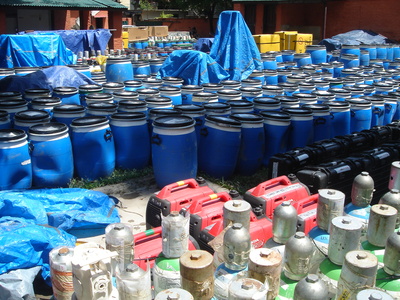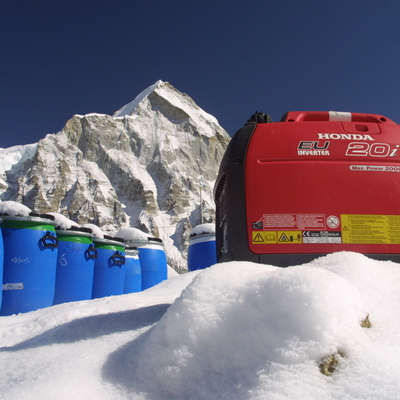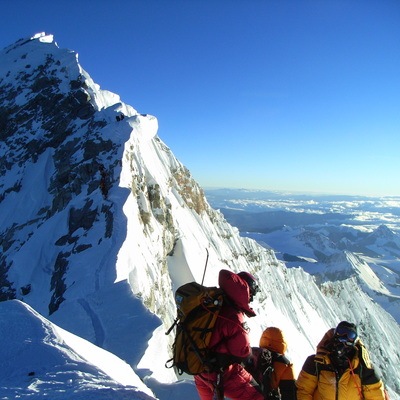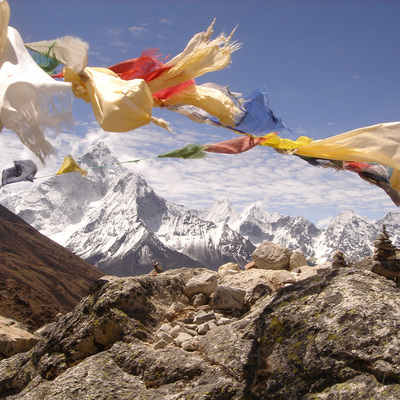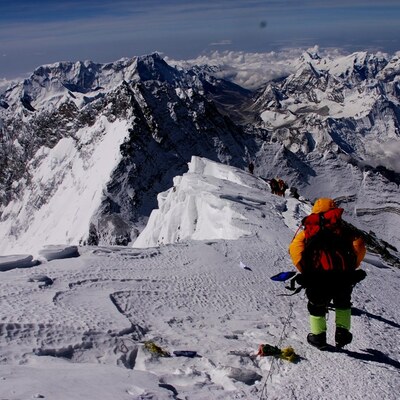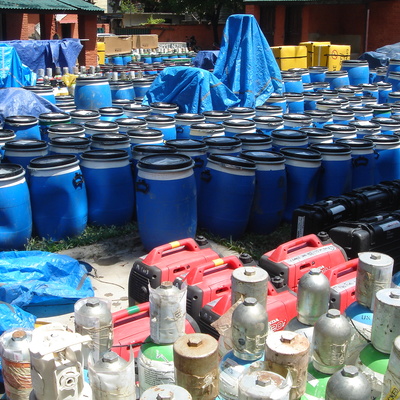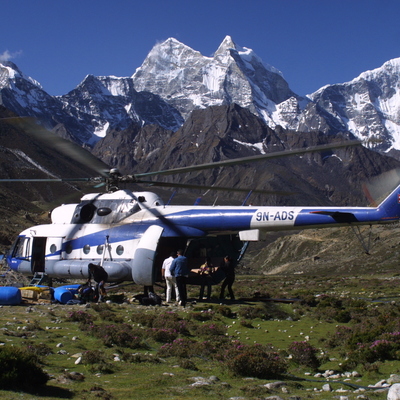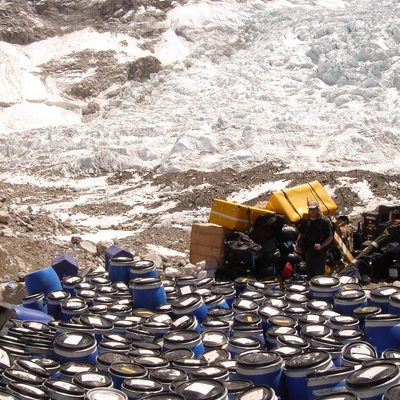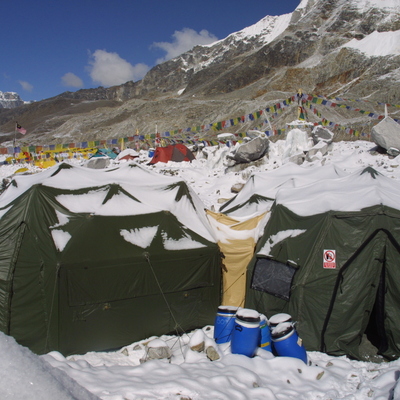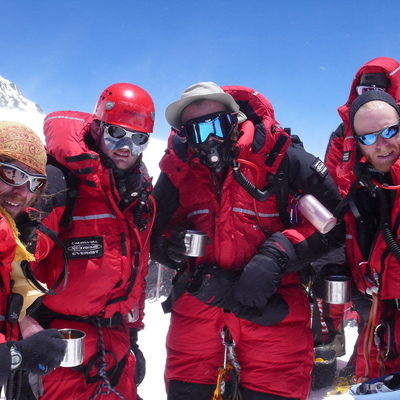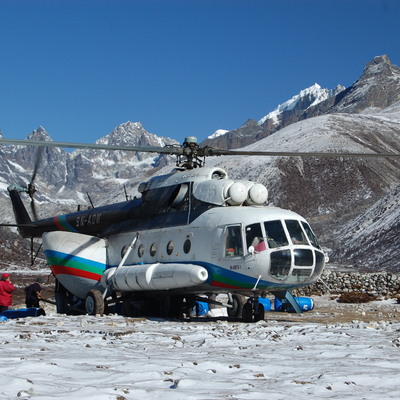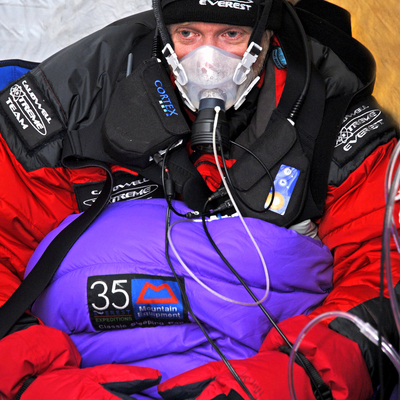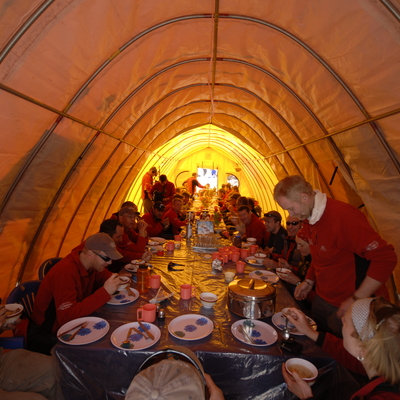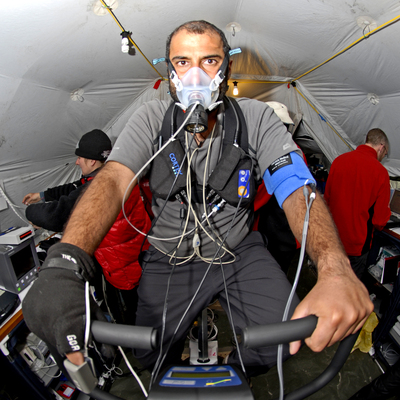Caudwell Xtreme Everest was the largest-ever medical research expedition at high altitude. The scale of what was proposed was vast and so Max Adventure were brought onto the team to handle all of the logistical side of the expedition.
In the UK, 1 in 6 people at some point in their lives will spend time in intensive care
The expedition team consisted of 60 intensive care doctors from the UK and overseas, who would study over 200 volunteers as they trekked to Everest Base Camp, slowly exposing themselves to hypoxia and the risks associated with high altitude. The reason for all of this? Frighteningly, in the UK, 1 in 6 people at some point in their lives will spend time in intensive care. Of these, 30% won’t survive and it’s normally always to do with their body’s ability to use oxygen. It would seem that no matter why you are in intensive care, your body will have an oxygen related problem. Those that are efficient in using oxygen when faced with such problems usually survive, whilst others unfortunately do not. It’s the same for those mountaineers that attempt to climb the world’s highest peaks - some seem unaffected by the thinning air, whilst others can suffer life-threatening symptoms of HACE or HAPE (conditions that affect the brain or lungs) due to the lack of oxygen.
Why? Unfortunately, it’s all genetic, you’re either born with this ability to cope or not. It has no bearing on your age, race, gender, fitness or lifestyle. 70 year olds have climbed Everest, whilst fit young military personnel have suffered heart attacks before they’d even left Base Camp.
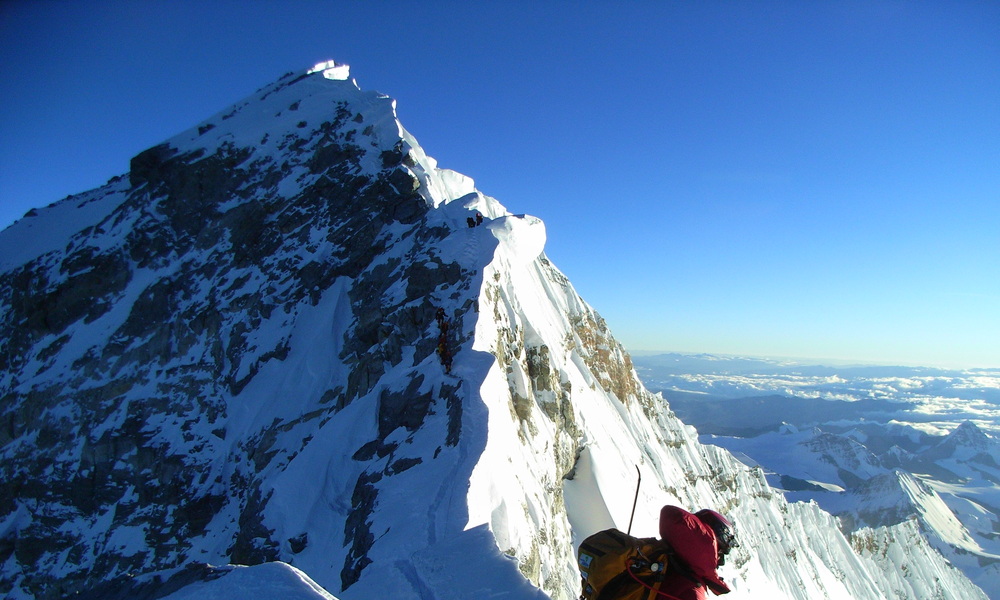
Caudwell Xtreme Everest sought to discover which of the human genes was associated with oxygen efficiency. If they could identify it, maybe they could alter it for those that were prone to suffering. In an intensive care environment, this could simply mean a matter of life or death.
At each location, a full medical research facility had to be established
There was so much more hinging on this expedition compared to just keeping the sponsors happy, and so it was vital that the best team was put in place to handle all of the logistics. With 150,000 items having to be transported from the UK on a tight schedule, and then delivered to one of 7 locations from the capital Kathmandu, to the summit of Everest, it was imperative that this was handled by professionals. At each location, a full medical research facility had to be established, with a self-contained power supply, plus vast amounts of complex and sensitive equipment. This required exhaustive testing prior to departure in both a decompression and freeze chamber to establish the performance of items of equipment such as laptop computers and portable generators.
At 5,300 meters on Everest, a vast camp of 97 tents was established, consisting of a huge research complex, field hospital, dining facilities, kitchen, accommodation, communications centre and even a workshop. Over the following 3 months, 208 volunteers climbed ever higher, exposing themselves to more and more hostile conditions as they passed through each of the camps to be tested by the team of doctors. In addition to the trekkers, 20 doctors climbed above Base Camp, of which 8 summited.
The logistical statistics of the expedition were staggering:
